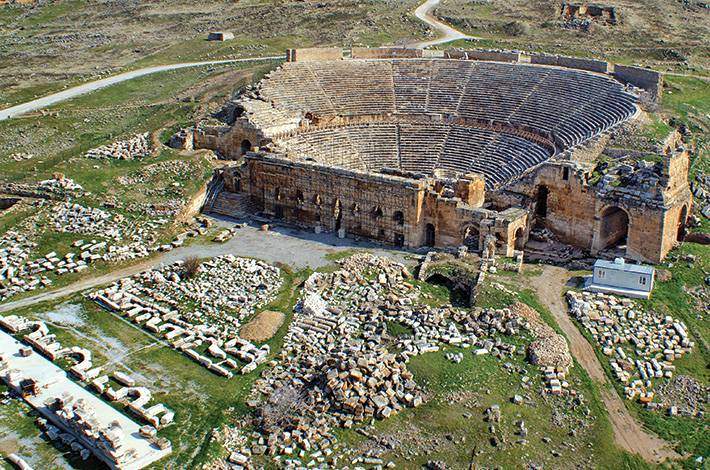What we know about human history will allow us to think again. This research suggests today’s perception of history and the history of religions. A lot of people don’t know that archaeological work continues in Göbeklitepe since 1995. Göbeklitepe was constructed time in 10.000 B.C. this place is our knowledge’s oldest and largest center of worship in world history. Göbeklitepe is 7000 years older than Stonehenge in England and 7500 years older than the pyramids. Also, Göbeklitepe in research finds wheat and this knowledge shows us, resident life has started in this community. This place was explored by people after 1000 years after the construction date and these days this legendary temple come to light.
Make a wonderful day trip to Göbeklitepe from Istanbul with the best price and service guarantee!
- Geographical Location of Göbeklitepe
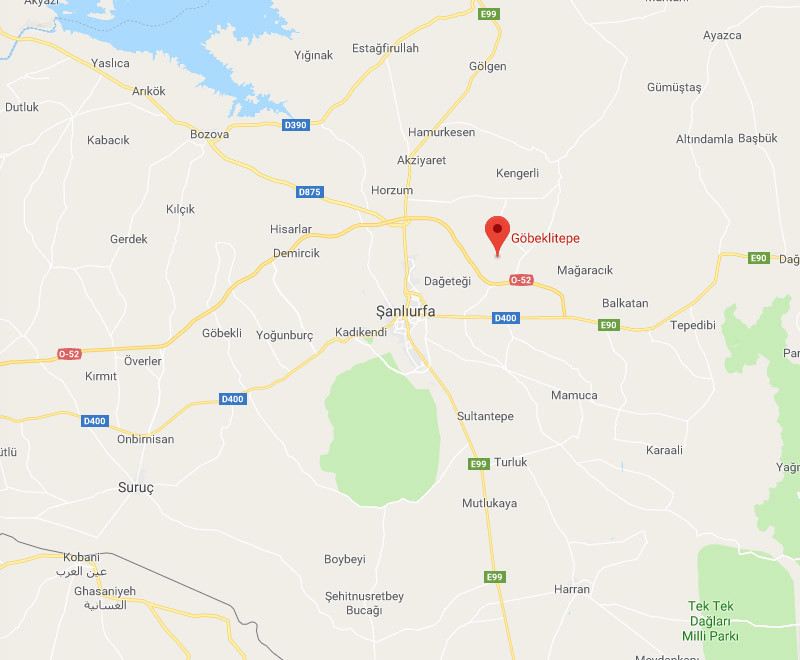
Göbeklitepe, location is 20 kilometers northeast of Şanlıurfa Örencik village and this location has 300 meters diameter and 15 meters high wide field of view.
- Göbeklitepe is The Largest and Oldest Temple in History
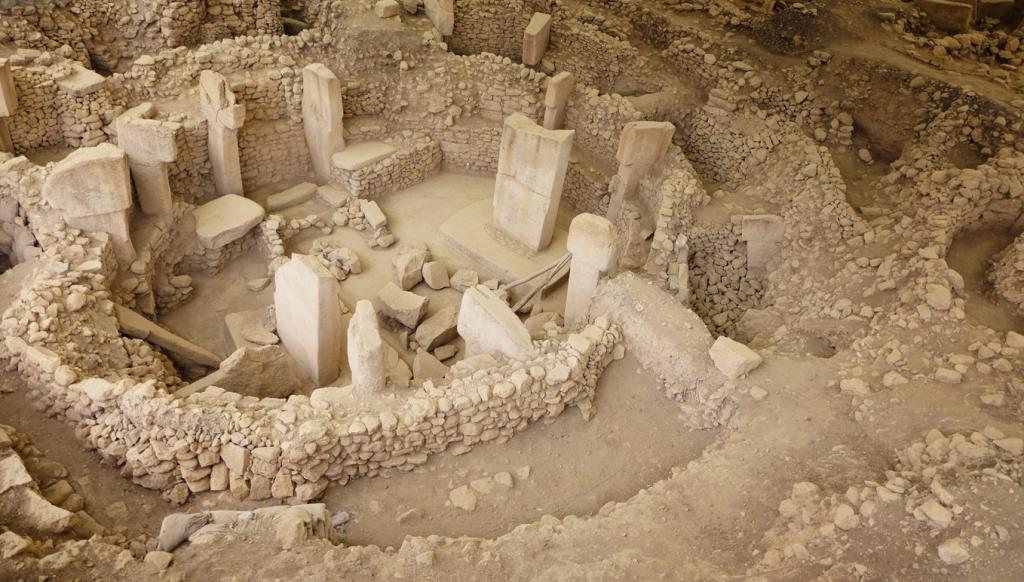
Göbeklitepe is belonging to the Neolithic period time which means 11.600 years before today. Göbeklitepe has great importance for being the center of the first belief. Archeologists have detected 20 temples and just 6 of 20 temples come to light in this construction.
- Göbeklitepe is 7500 Years Older Than Oldest Artwork
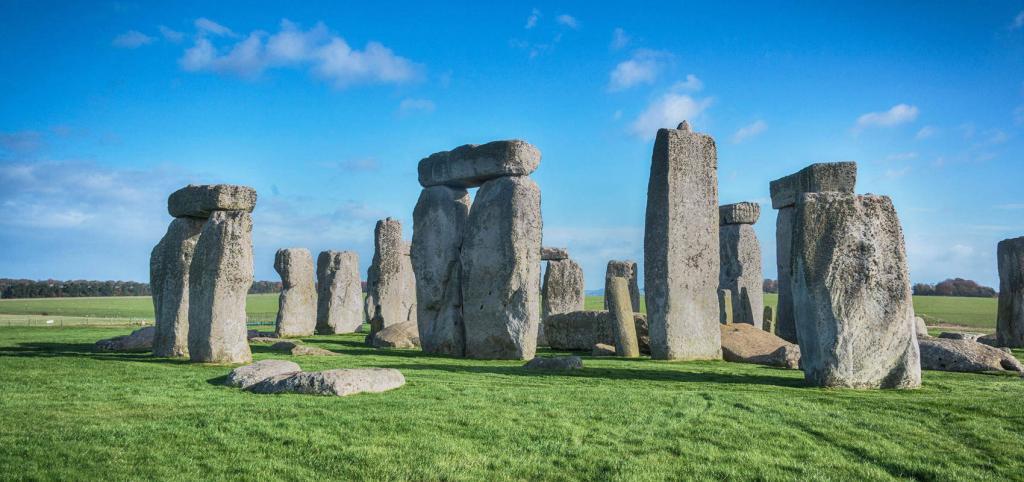
Göbeklitepe is 7500 years older than artwork and temple knew this time. The oldest temple known until the discovery of Göbeklitepe is located in Malta and it is 5000 years old. Also, it is 7000 years oldest from Stonehenge and 7500 years oldest Egyptian Pyramids.
- Shaping Rocks and Building The Temple
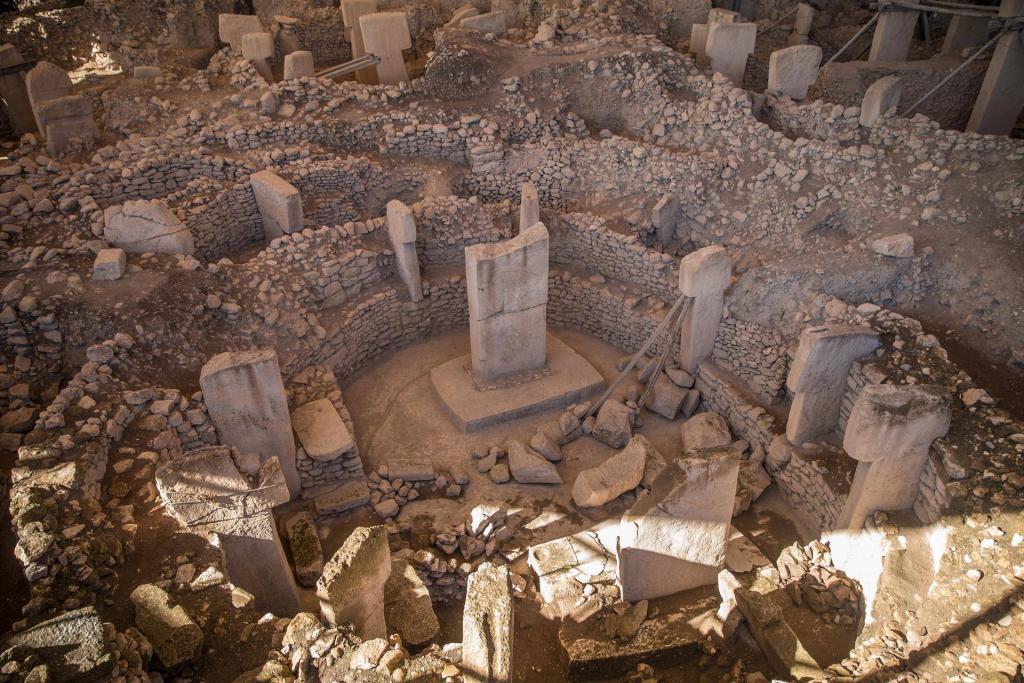
- From Pictures on Cave Walls to Relief Animal Figures
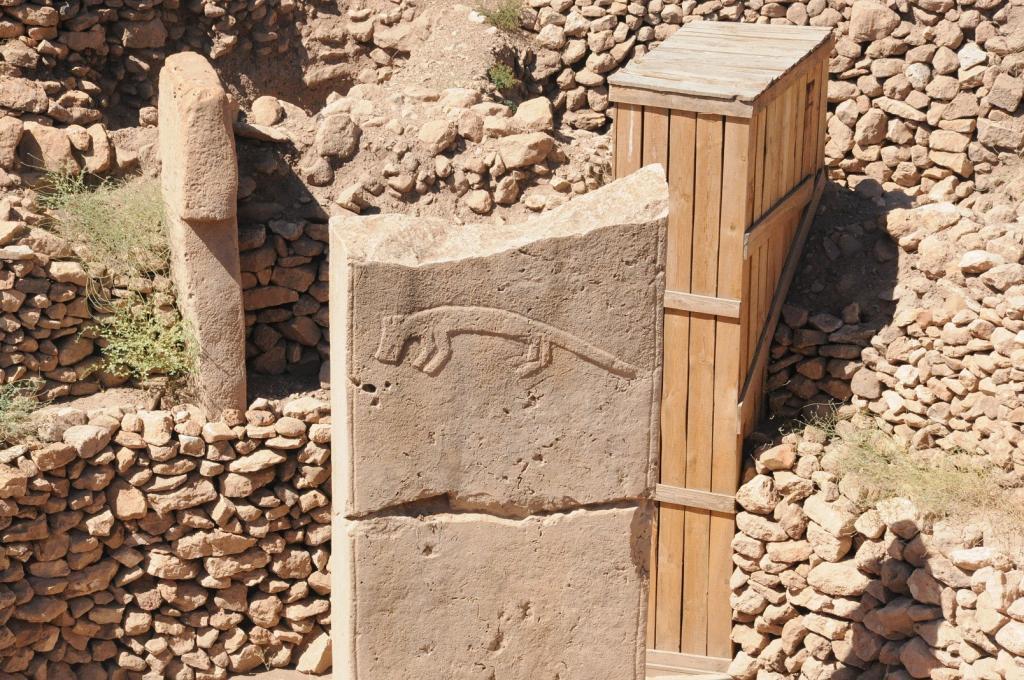
Instead of hunting pictures on cave walls, these cave walls have only animal reliefs. It impressively reflects a different artistic perspective. There are figures of scorpion, fox, bull, snake, wild pig, lion and wild duck carved on the stones. According to some archaeologists, these animal figures are described as symbols of different tribes who visit the temple.
- The Ancestor of Wheat in Göbeklitepe
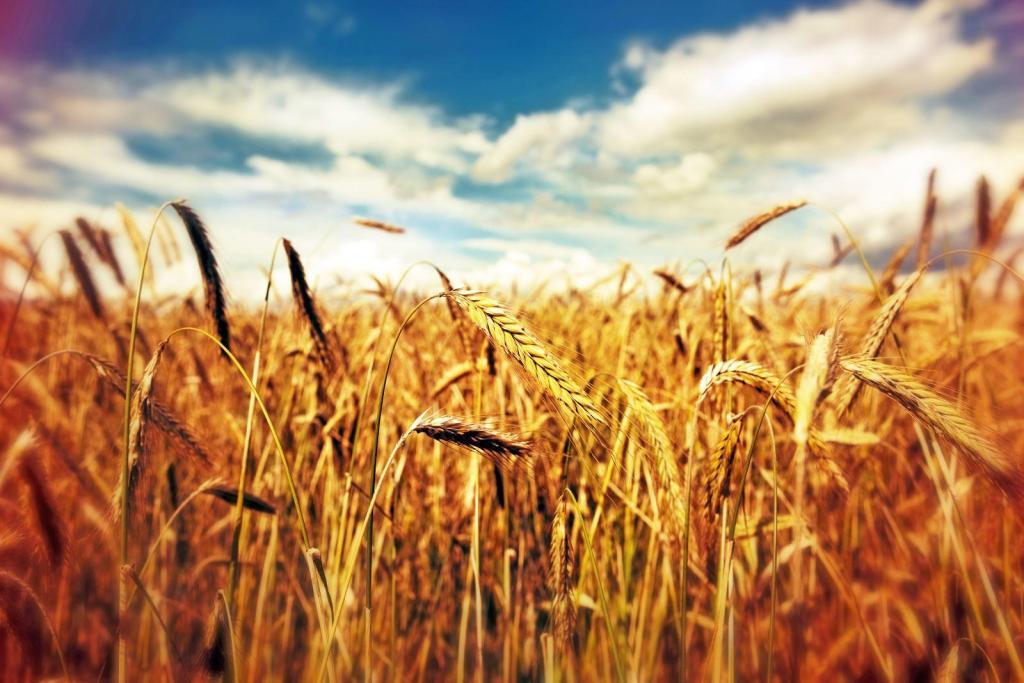
- 3-Dimensional Lion Figure in T-Column
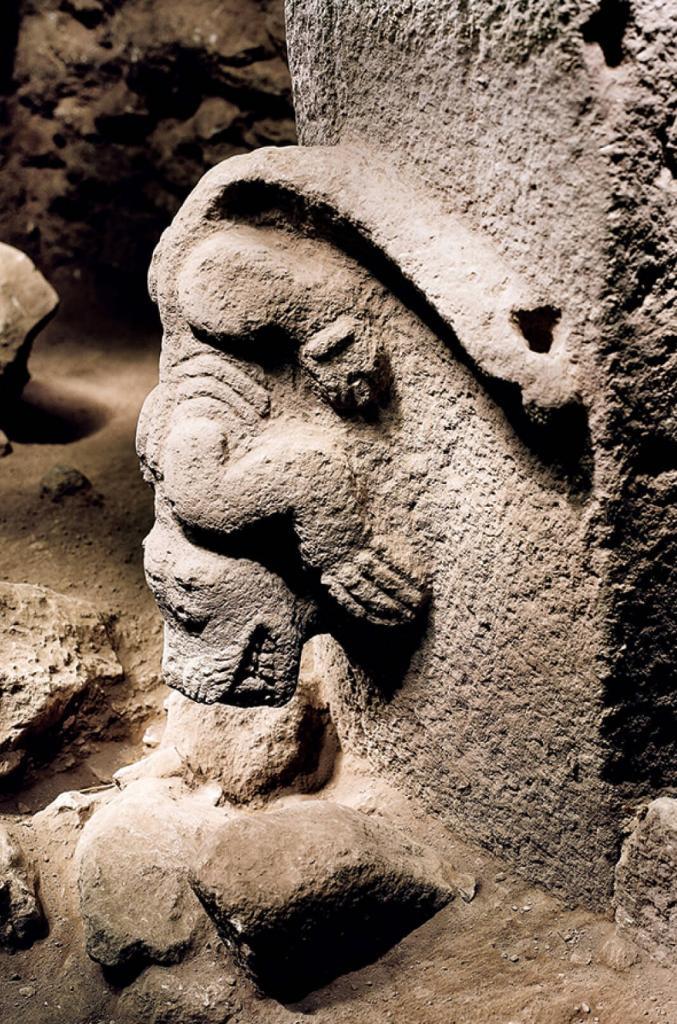
Archaeologists think that the T-shaped columns, ranging from 3 to 6 meters, are stylized human figures. Unlike other figures reflected on the column, the 3-dimensional lion relief depicted downward is remarkable. This and other lion figures strengthen the possibility that lions lived in Anatolia during the Neolithic period. The weights of the T-column represent humans changing between 40 and 60 tons.
- The Archaeological Revolution That Came With The Carved Stone That The Farmer Found
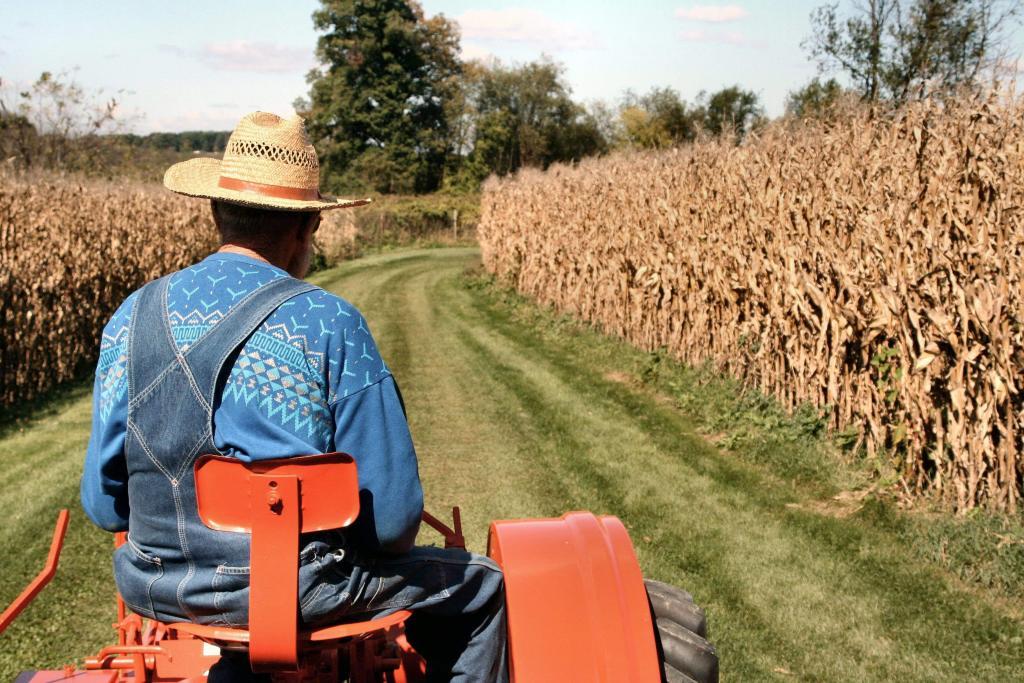
- Works Begin in 1995
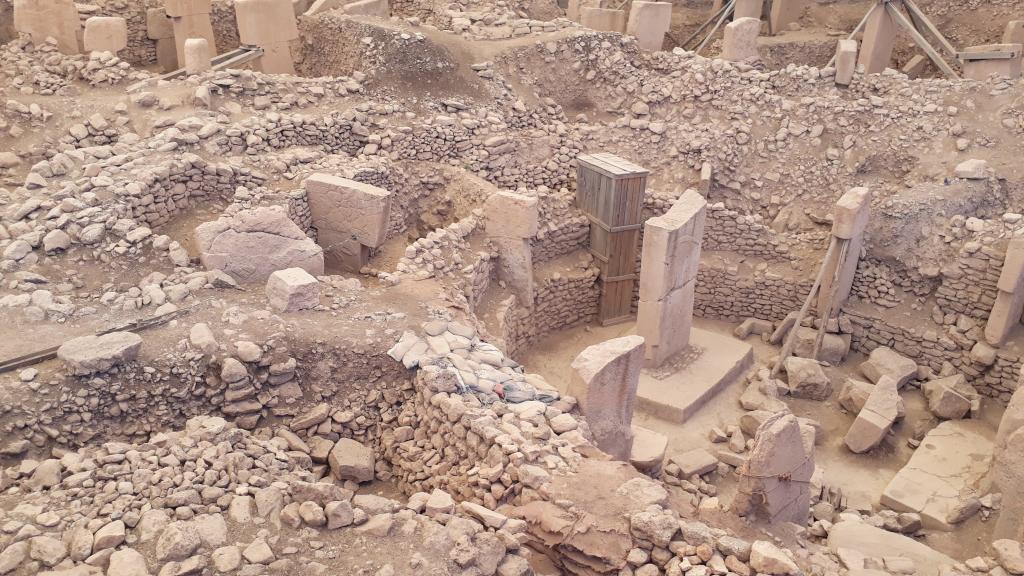
- Historical Theft in The Historical Temple
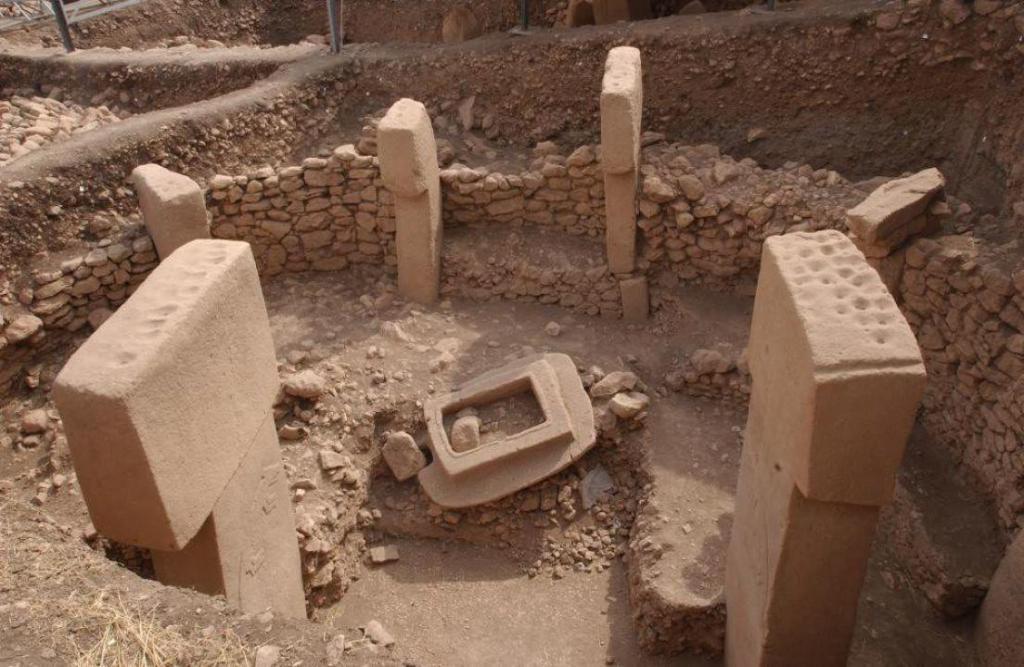
- Farming for Beer!
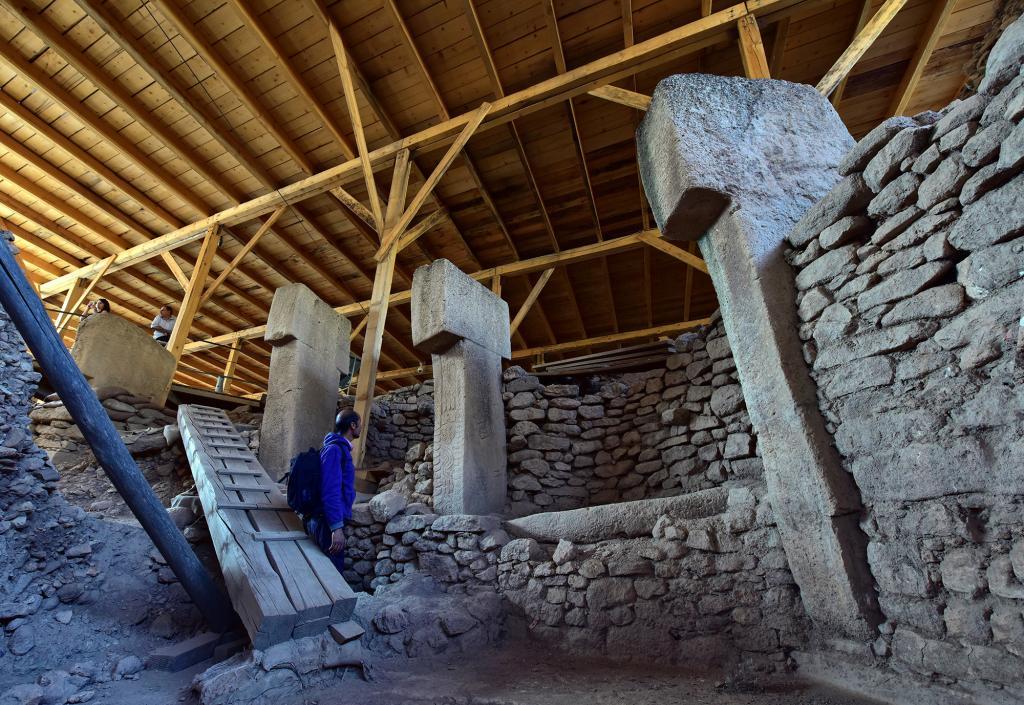
- Ceremonies Made Using Liquid
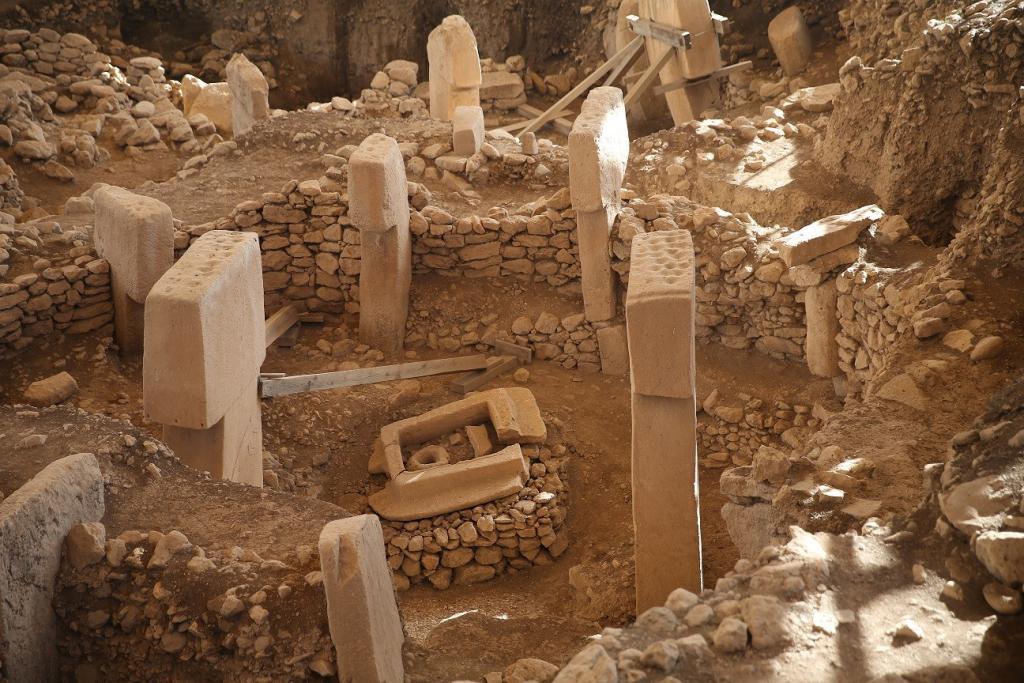
- The Built-in Life That Comes With The Temple, Not The Agriculture
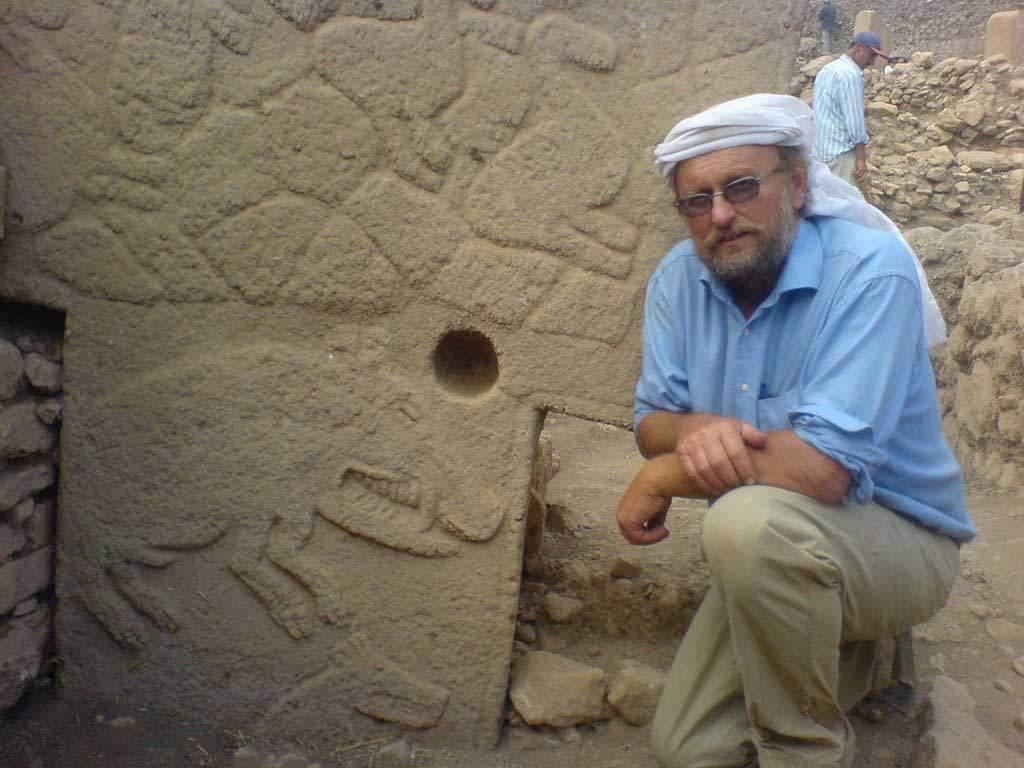
Göbeklitepe shows us that built-in life didn’t start with agriculture like our history lessons. According to Schmidt, the hunter and gatherer communities coming together of all the time in religious centres such as Göbeklitepe and they start built-in life. The large communities want to be the close center of worship and they can’t meet their needs of the source so they start to agricultural activities. This knowledge mean is “Agricultural activities didn’t bring built-in life, desire to stay close center of worship starts to agricultural activities.”
- Göbeklitepe in The UNESCO World Heritage Temporary List




